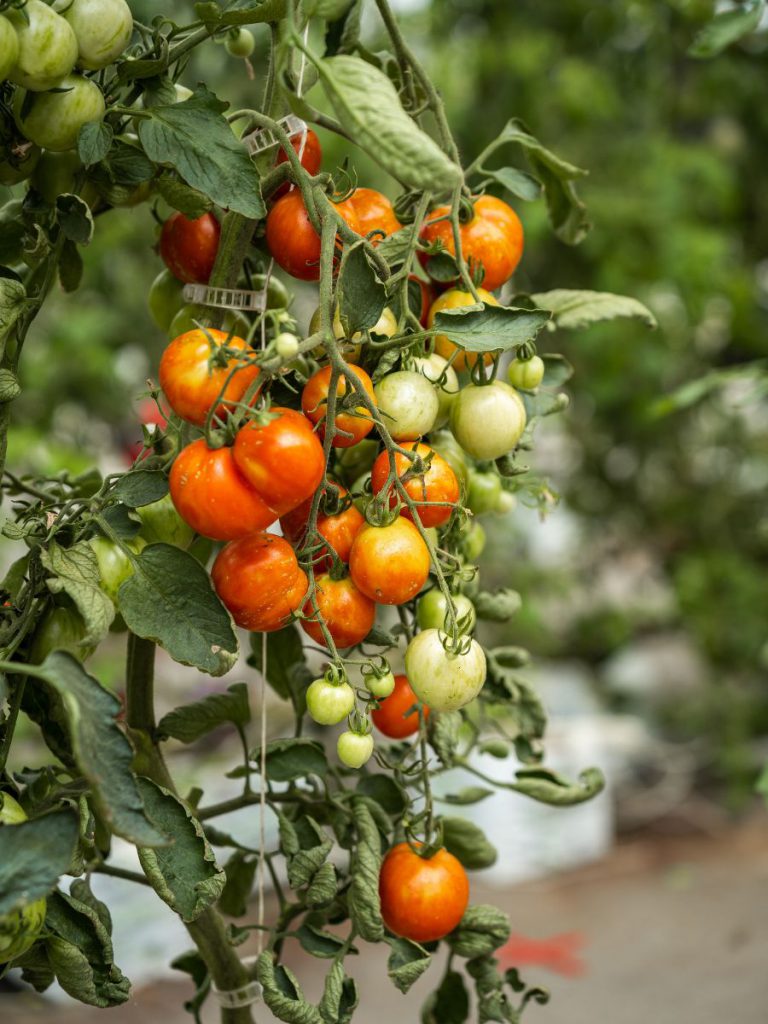
Restaurants
Spa
Day Visits
Shop
Functions
16°C
May 6th, 2022
The new nursery tunnels at Babylonstoren, earmarked to produce heirloom crops of tomato and cucumbers, have come alive this year with rambling vines stretching up to the roof. This, thanks to the green-fingered proficiency of our speciality grower Elzé Bresler and her team.
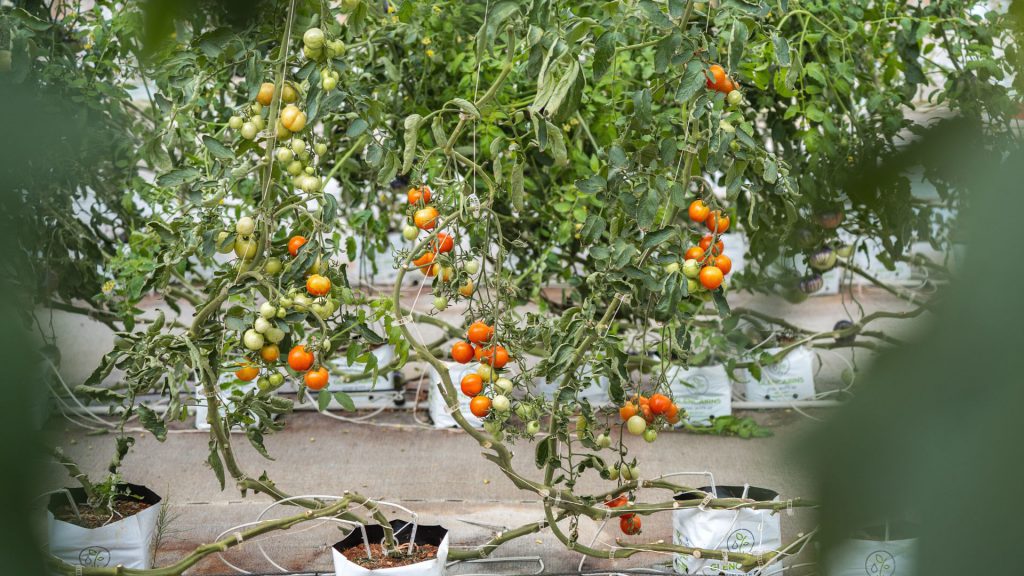
Our new odd-shaped tomato gems are grown in tunnels to shield them from the elements, which means we can still enjoy their summery flavours well into winter. Names like the ‘Chocolate Stripe’, ‘Tigerella’, ‘Blue Beauty’ and ‘Golden King of Siberia’ give a glimpse of why these oddly shaped fruits are so special.
Ultimately, there are no better or lesser tomatoes on this great planet. Everything that Mother Nature grows from dirt to enrich and feed us can only be good. However, heirloom varieties each hold their own unique qualities. Some are fleshy and thick and good for slapping on a burger, others have a high water content making them perfect for pasta sauce. There are ‘drier’ types which work great for sun-drying, and nearly all are good for devouring with a sprinkle of salt and olive oil.
For this first year, we’ve planted a whole range of heirloom varieties to determine our top picks in terms of flavour, use and effectiveness of growing. This is what we’ve learned so far…
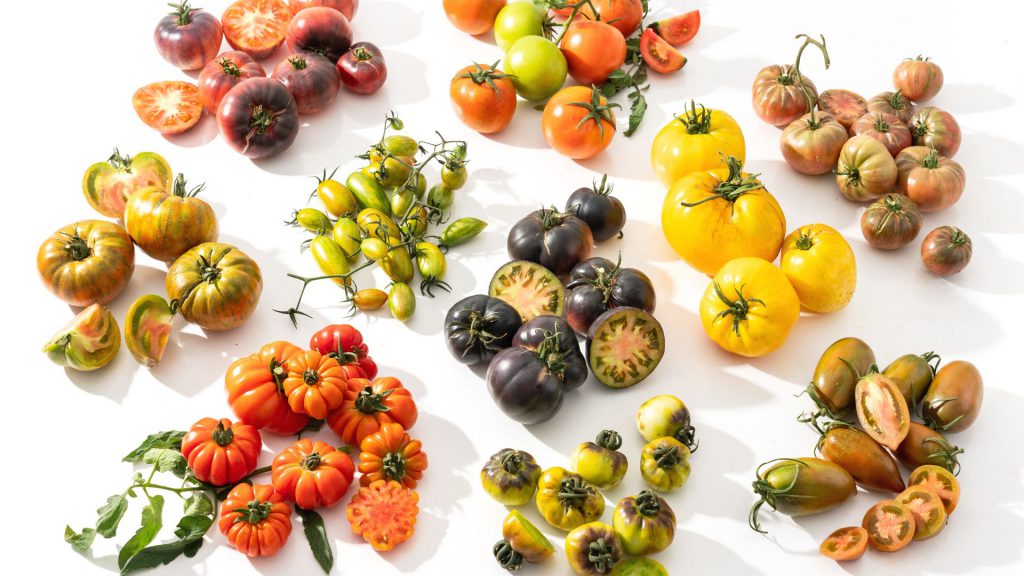
The word ‘heirloom’ in tomato-speak refers to the seeds of the fruits, which are harvested and stored annually to be planted again in the next season. Good farmers usually select the seeds from stronger, healthier plants with the tastiest fruits to ensure that the following year’s crop contains more of these good traits. The new seeds will be better adapted to specific micro-climates too, as they build up a natural resistance to specific regional threats and pests in each new generation.
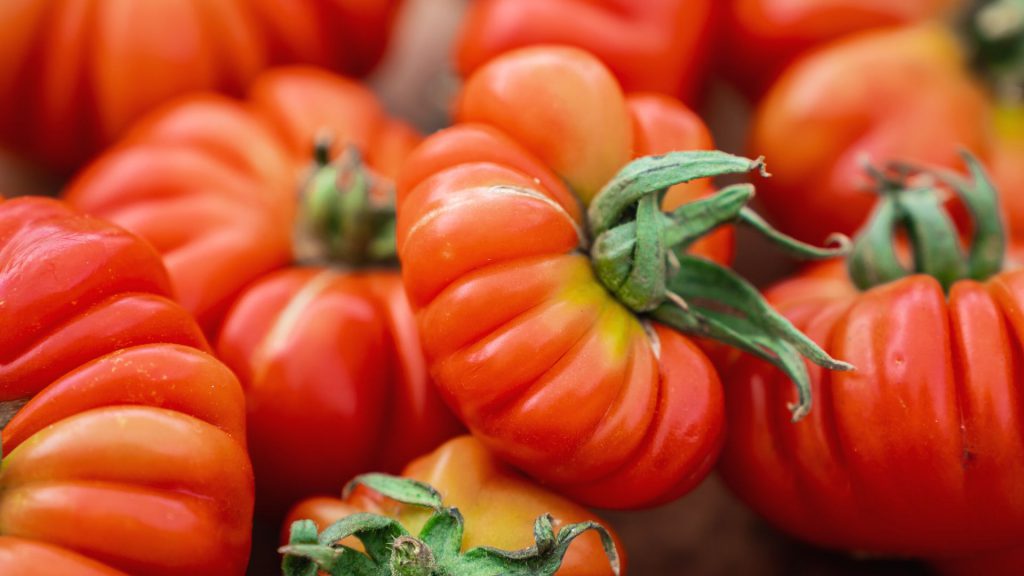
Heirloom tomatoes are also often open-pollinated or pollinated naturally, by birds, insects, wind, or human hands. Many commercial tomatoes, on the other hand, are grown from hybrid seeds that were selected for uniformity, longevity and resilience, rather than flavour, colour and shape. Both have good qualities, but if it’s taste you’re after, heirlooms often come out tops.
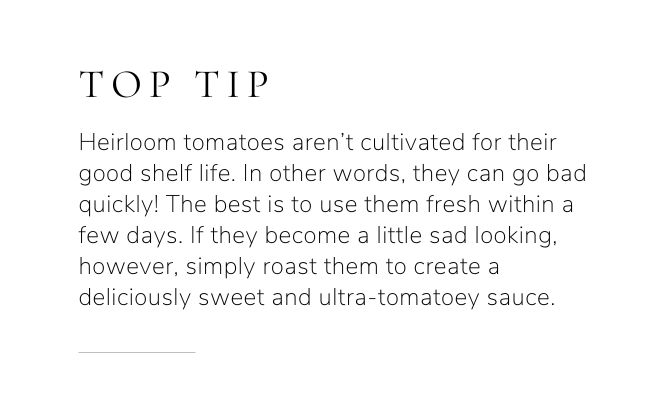
Costoluto Genovese are rich, meaty tomatoes of Italian origin. Their bundle-like shapes make for a beautiful, scalloped border when sliced horizontally. They’re lovely sliced into thick disks on fresh sandwiches or in salads, which reveal their dense texture with many inner cavities. The Costoluto Genovese also has a great moisture content, making it a versatile option for cooking as well. The high water content, high acidity and robust flavour create a most delicious, full-bodied sauce for pasta and pizza.
Uses:
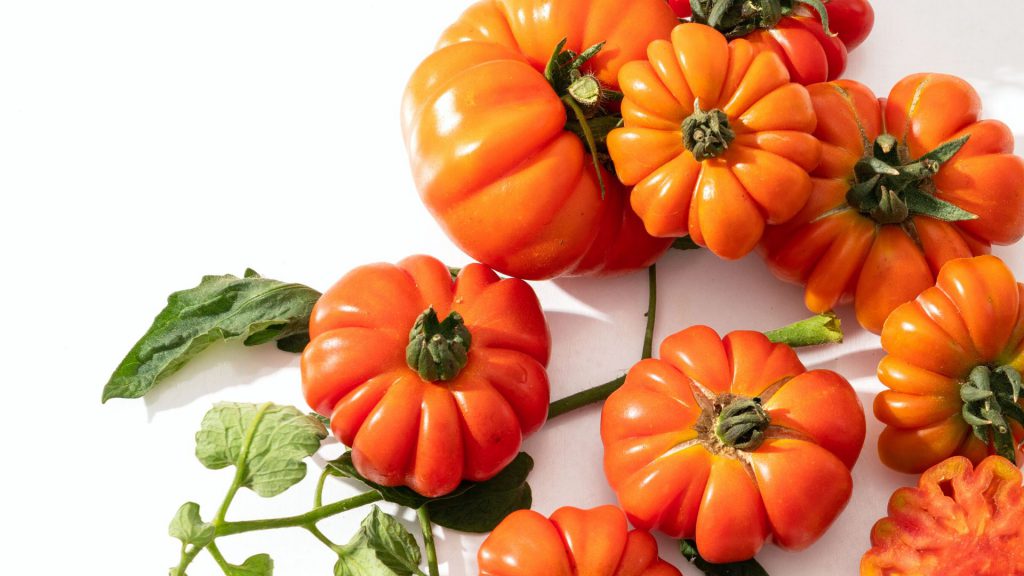
This Ukrainian variety has an oblong, pointy shape with a lovely colour gradient from green at the top to blackish-blue at the tip. The taste is sweet and rich with earthy notes. It’s a firm tomato with a thick skin and low water content, making it an excellent choice for sun-drying. The lovely colouration will also shine at its brightest in raw or sun-dried form.
Thanks to a low seed and water content, the tasty Black Icicle can also be used for making rich sauces. However, the beautiful colouration will be lost in the braise, unfortunately.
Uses:
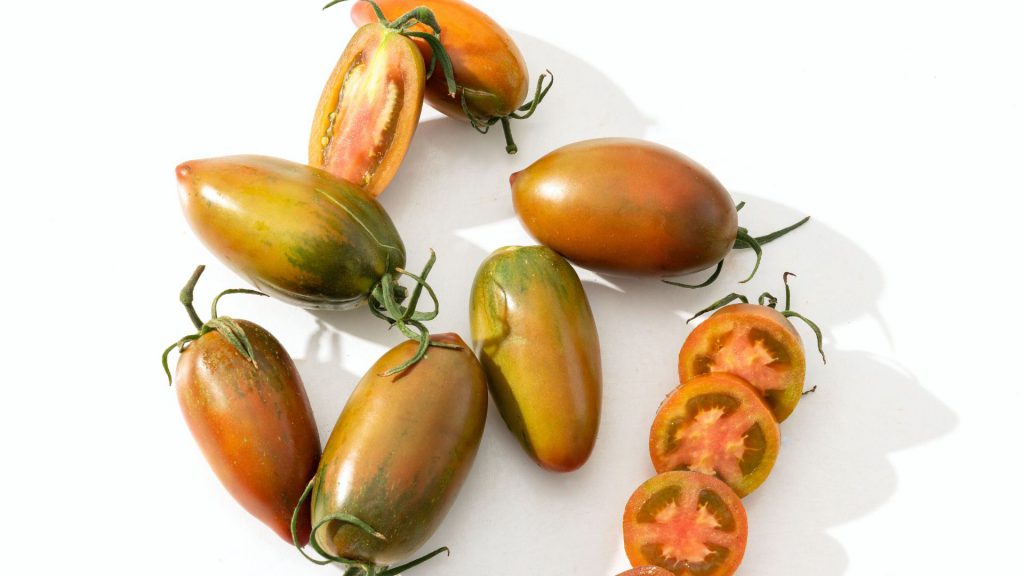
The name Blue Beauty says it all. This large beefsteak-type tomato is characterized, firstly, by its wonderful colouration of dark blue or purple at the top, gradually turning to red at the bottom end of the tomato. The shape is similar to the Costoluto Genovese or other beefsteak-type tomatoes. Like these types, the taste is sweet and juicy with a dense and meaty texture.
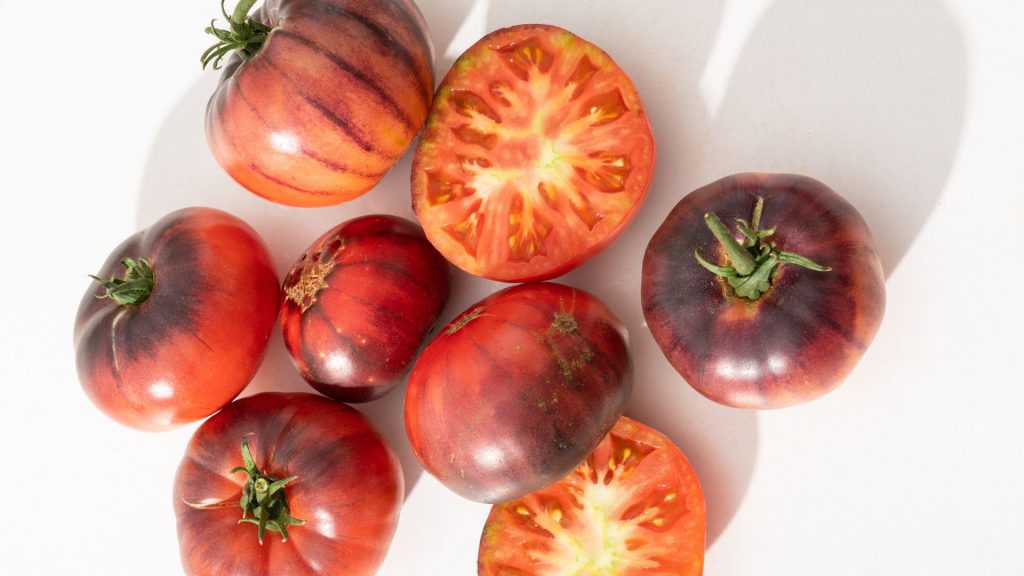
Uses:
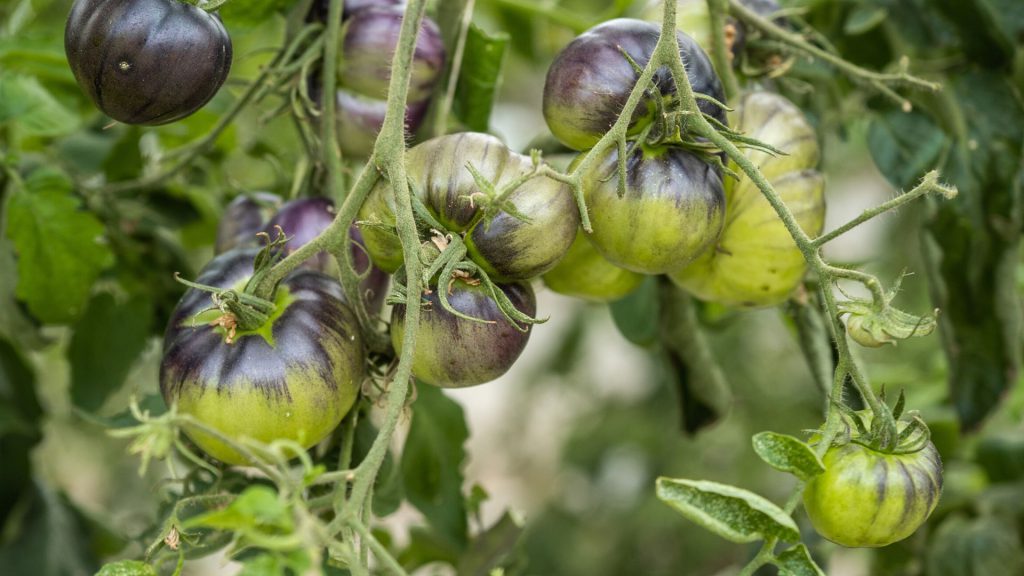
If ever you needed a tomato shaped like a real heart, the Golden King of Siberia would be the prime choice! These massive, ox heart-shaped fruits have broad, rounded shoulders curving to a slightly tapered base. In size, too, it measures up to its ox-heart description. Although gorgeously golden yellow in colour, this big boy doesn’t overdeliver in terms of taste. The massive size seems to compromise the fruit, leaving rather a bland and watery tomato in terms of taste and texture. Top marks for gorgeousness, however.
Uses:
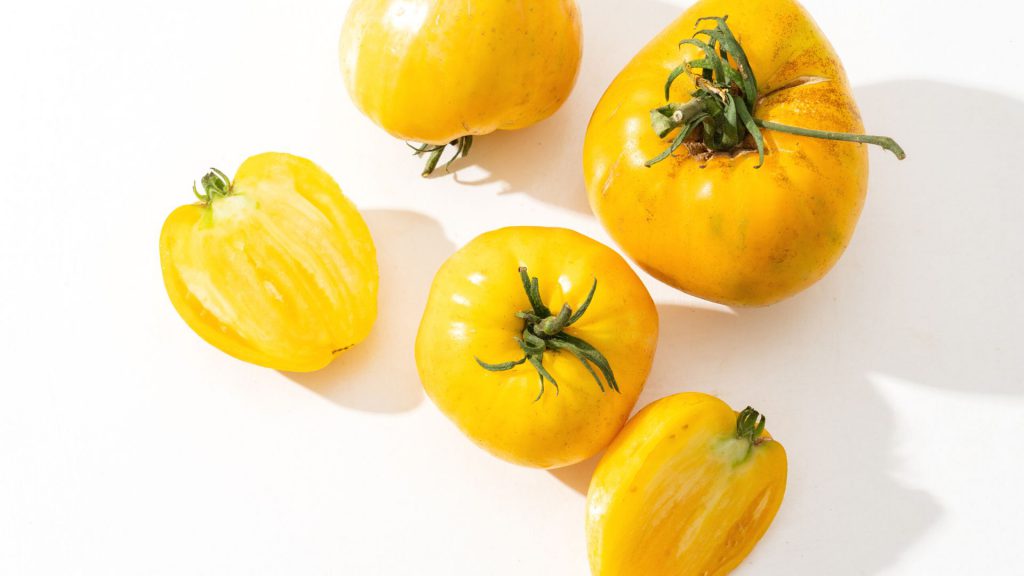
One bite of this massive maroon tomato and you ask, “Is it real chocolate?” The sweetness of this heirloom is unparalleled, and then a beautiful, variegated colouring to boot! These huge tomatoes are characterised by their dark mahogany-coloured skin with dark and olive-green stripes.
Uses:
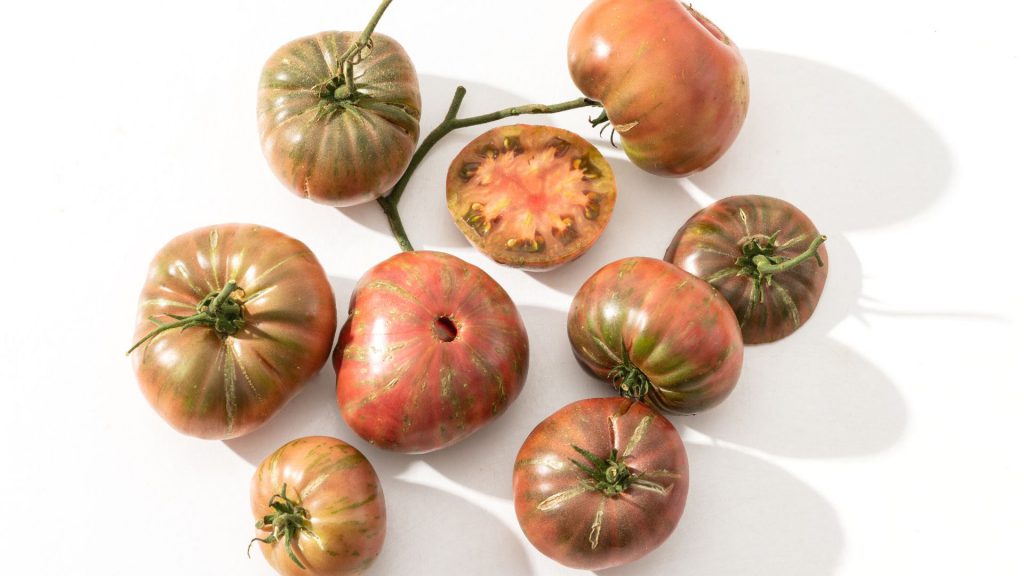
Red doesn’t always mean ripe when it comes to tomatoes, and green-ripe tomatoes are no strange thing in modern cooking. These tart toms are often characterised by their crispness and bold, sweet-acidic flavour. The Green Tiger is no exception and carries a love potent flavour that could liven up any dish. Its appearance makes it an even lovelier choice, with variegated bands of green, yellow and pale pink covering the thick outer skin.
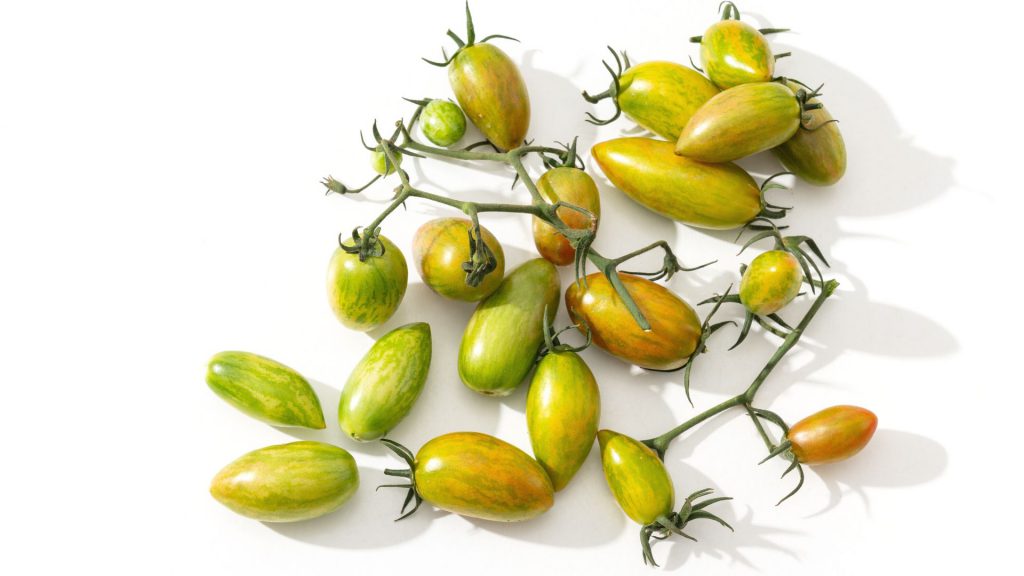
Uses:
One of the most colourful new varieties growing at Babylonstoren, the Wagner Blue Green is usual not only because of its beautiful yellow and blue outer layer, but also its gorgeous green core. When it comes to flavour, however, it’s a little on the bland side, and the tough skin can have a little bit of a bitter aftertaste. The typically sweet-acidic flavour of a green-fleshed tomato does shine through ultimately, thankfully.
Uses:
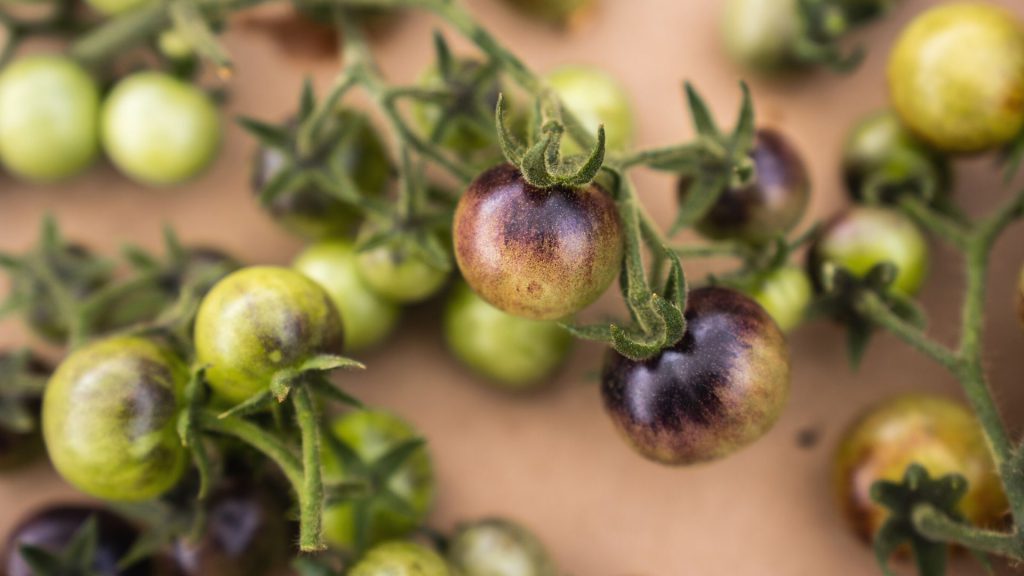
This smallish English heirloom tomato is popular for its lovely rich flavour and unique colouration. The skin is mainly red but has visible orange streaks through it, hence the name. It’s quite hardy too, and not a fussy grower. If you’re thinking of dabbling in the heirloom tomato gardening game, tigerellas are a savvy choice. They’re quick to cultivate and offer a super delicious supply of golfball-sized toms.
Uses:
